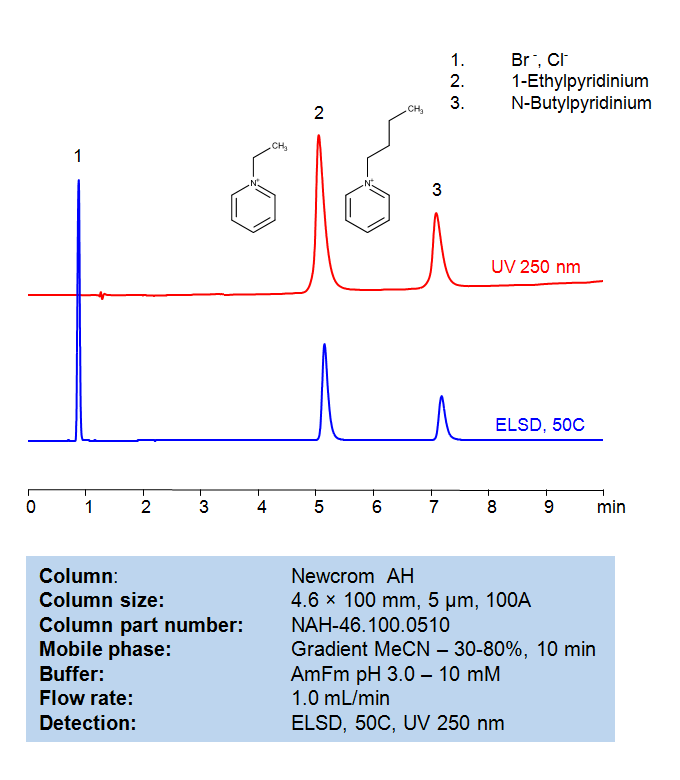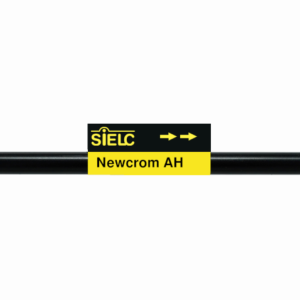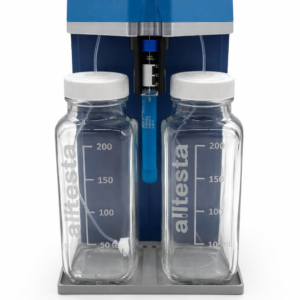HPLC Method for Separation of 1-Ethylpyridinium bromide, 1-Butylpyridinium Chloride on Newcrom AH by SIELC Technologies
Separation type: Liquid Chromatography Mixed-mode

1-Butylpyridinium chloride and 1-Ethylpyridinium bromide are types of ionic liquids. Ionic liquids are salts in which the ions are poorly coordinated, which results in these solvents being liquid below 100°C, or even at room temperature (ambient temperature). At least one ion has a delocalized charge and one component is organic, which prevents the formation of a stable crystal lattice.
1-Butylpyridinium chloride has a butyl group attached to a pyridinium ring, and its counterion is chloride (Cl-).
1-Ethylpyridinium bromide, on the other hand, has an ethyl group attached to a pyridinium ring, and its counterion is bromide (Br-).
These compounds are part of a larger class of pyridinium-based ionic liquids. They have various applications, including in electrochemistry, organic synthesis, and as solvents for polymers. Like other ionic liquids, their properties (such as melting point, viscosity, and solvation potential) can be adjusted by selecting different counterions or changing the groups attached to the pyridinium ring.
1-Butylpyridinium chloride and 1-Ethylpyridinium bromide,” belong to a class of compounds known as pyridinium salts. These compounds are derived from the parent compound pyridine, which is a six-membered aromatic ring containing one nitrogen atom.
These pyridinium salts often have unique physical and chemical properties due to the presence of the charged pyridinium cation. They are commonly used in various applications, including as catalysts, ionic liquids, and electrolytes in electrochemical systems. The specific properties and applications of these compounds can vary depending on the nature of the alkyl group and the anion associated with the pyridinium cation
Both compounds can be retained, separated, and analyzed, on a Newcrom AH column using an isocratic analytical method with a simple mobile phase of water, Acetonitrile (MeCN), and an Ammonium formate (AmFm) ionic modifier. This analysis method can be detected with an Evaporative Light Scattering Detector (ELSD) or any other evaporative detection method (CAD, ESI-MS).
High Performance Liquid Chromatography (HPLC) Method for Analysis of 1-Ethylpyridinium bromide, 1-Butylpyridinium Chloride
Condition
| Column | Newcrom AH, 4.6 x 100 mm, 5 µm, 100 A, dual ended |
| Mobile Phase | Gradient MeCN/H2O – 30-80%, 10 min |
| Buffer | AmFm pH 3.0- 10 mM |
| Flow Rate | 1.0 ml/min |
| Detection | ELSD, the nebulizer and evaporator temperatures 50 °C, with a gas flow rate of 1.6 Standard Liters per Minute (SLM) (MS- compatible mobile phase) |
| Peak Retention Time | 5.12, 7.18 min |
| Sample concentration | 0.3 mg/ml |
| Injection volume | 1µl |
| LOD | UV- 30 ppb, ELSD – 70 ppb |
Description
| Class of Compounds | Pyridinium salts |
| Analyzing Compounds | 1-Ethylpyridinium bromide, 1-Butylpyridinium Chloride |
Application Column
Newcrom AH
Column Diameter: 4.6 mm
Column Length: 100 mm
Particle Size: 5 µm
Pore Size: 100 A
Column options: dual ended
1-Ethylpyridinium bromide





